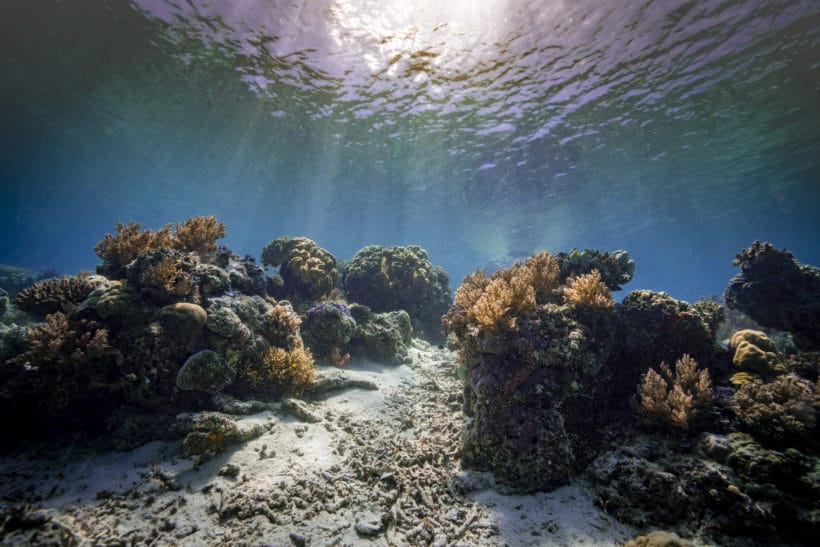
The world’s oceans are key to sustaining life of Earth and are the backbone of the global economy.
More than 3 billion people rely on the ocean for food, jobs and livelihoods. And it’s estimated that every $1 invested in the ocean generates a return of $5 to the blue and wider economy.
Not only do the oceans provide an estimated US$2.5 trillion worth of ecosystem services annually but they also help to mitigate some of the severe impacts of climate change.
In recent years, policymakers in Africa have recognized the importance of the blue economy and have launched a number of strategies and initiatives to support it. However, in order to unlock the potential of the blue economy, the financial system needs to play a key role.
Tapping into innovative financing such as blue finance, offers the continent an opportunity to boost the blue economy and safeguard oceans.
What is blue finance?
Of the 17 UN Sustainable Development Goals, SDG 14 “life below water” has seen the least investment to date and the World Economic Forum estimates that US$175 billion of blue finance will be needed to achieve SDG 14 by 2030.
Blue finance refers to financial mechanisms or investments that ensure the conservation of the ocean and ocean-related resources in order to boost the blue economy. A number of blue financing instruments have emerged over the past couple of years that have driven much-needed investment into the blue economy.
For example, The Republic of Seychelles issued the world’s first sovereign blue bond in 2018 using debt for nature swaps – a blue financing mechanism. Since then, a number of other similar sovereign blue bonds have been launched in countries such as Belize and Barbados using a similar innovative financial approach.
Last year, a new blue finance programme called Blue Halo was launched at the G20 in Indonesia that aims to use a blended finance approach to combine public and philanthropic capital with private sector investment to generate positive outcomes for the oceans.
Tools for financial innovation using nature-based solutions have also been developed.
The world’s first coral reef insurance policy was launched in Mexico using an innovative financial approach to ensure that coral reefs can be restored if damaged by extreme weather events such as storms or hurricanes. The aim of insurance mechanism was to help enhance coastal resilience by conserving and protecting biodiversity such as coral reefs to help reduce disaster risk which in turn positively impacts the blue economy.
And building on that insurance model last year, a similar insurance mechanism was launched in the US state of Hawai’i to fund the restoration of coral reef after a hurricane or tropical storm damage.
More than one billion people depend on coral reefs for their livelihoods and food. They provide protection to over 600 million people against coastal flooding and coral reefs support at least 25 percent of all marine species. However, scientist predict that we could lose over 90 percent of coral reefs by 2050 if drastic action isn’t taken.
Making financing a sustainable blue economy a priority for COP 28 and beyond
The blue economy presents a number of opportunities for the continent however, in order to unlock its potential, financing is a key factor.
Tapping into blue finance can be transformational to the continents blue economy and can help governments fund the protection of important natural ecosystems and most importantly, safeguard the health of oceans and local economies.
There’s a need to increase awareness of existing blue financing tools and emerging ones that can support Africa’s blue economy. COP28 offers a great platform to do so.